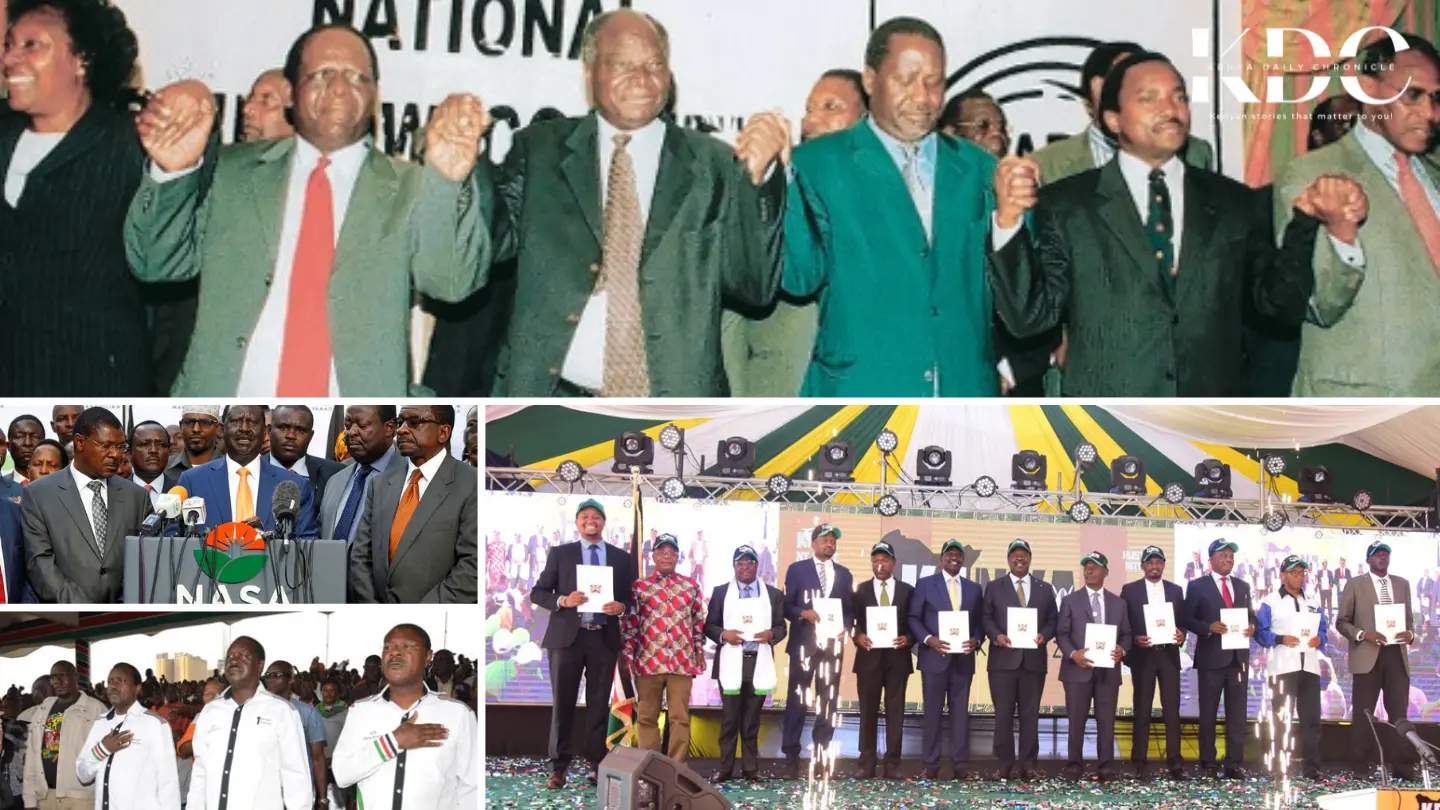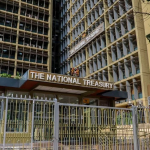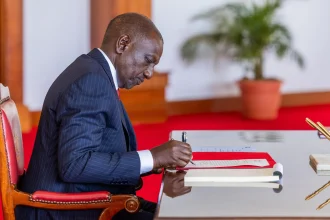Kenya’s post-2002 presidential politics is a history written in coalitions. Since the National Rainbow Coalition (NARC) swept KANU from power in 2002, winning blocs, rather than single parties, have repeatedly shaped outcomes, from the bitter 2007 contest to the Jubilee era and the 2022 duel between Azimio and Kenya Kwanza.
Coalitions are the structural necessity of Kenyan presidential politics, fulfilling three core requirements: legal, ethnic, and elite-bargaining, but their quality (institutionalisation vs. patronage) remains the key variable for post-election governance.
Understanding why coalitions outperform individual parties explains not only past results but also the persistent clamour for pre-election alliances as Kenya heads toward 2027.
Across these cycles, coalitions have repeatedly been the vehicle for assembling winning majorities. Presidential victory requires not only a national plurality but also 50% + 1 of valid votes cast and at least 25% in at least 24 of the 47 counties.
Those thresholds encourage presidential hopefuls to pursue broad, geographically diverse coalitions rather than narrow, regionally concentrated parties.
In practice, no single ethnic or regional party can reliably hit those bars alone; coalitions become the rational route to building the spread of support the law demands.
For example, in the 2022 contest, the narrow margins and county distribution requirements explicitly demonstrated the centrality of multi-regional alliances to victory.
Ethnic Arithmetic and Patronage Networks
Kenya’s electorate remains socially segmented by ethnicity, and political mobilisation often follows ethnic groupings.
Coalitions function as exchange networks where leaders of different ethnic bases trade endorsements, running-mate slots, cabinet promises, and patronage to deliver their communities’ votes to a common ticket.
Scholarly work on Kenya repeatedly shows how coalition-building is a strategic response to ethnic fragmentation, a practical mechanism for converting many local majorities into a national winning formula. Put simply: coalitions convert fractured ethnic support into electoral victory.
Kenyan political parties are often personality-driven and institutionally weak. Rather than building deep party organisations, elites manage pre-election alliances that pool resources, voters, and local machines.
This elite bargaining, between heavyweight leaders and regional powerbrokers, is easier through coalitions than through attempts to build a single party apparatus that reaches every county. Research on Kenyan party politics highlights this elite-driven logic that coalitions are convenient vehicles for short-term aggregation of support.
The necessity of patronage means coalition partners often prioritise ministerial turf and regional interests over a unified national policy agenda. This can lead to slow policy implementation or policy contradictions post-election.
Furthermore, to satisfy partners, presidential winners often oversee bloated cabinets and executive structures, a direct fiscal and governance cost of maintaining the alliance.
How Coalitions Delivered Victories
2002: NARC united opposition groups and split the KANU base, delivering Mwai Kibaki a winning coalition that ended decades of one-party dominance. The coalition’s ability to aggregate support across regions was decisive.
2007: The 2007 contest pitted PNU against ODM; disputed results triggered violence and forced a coalition government (power-sharing) to restore stability. The episode showed both the power of alliances and the peril of contested aggregation.
2022: The test was explicitly coalitional: Ruto’s Kenya Kwanza and Raila’s Azimio both mobilised multi-party tickets, county deals and ethnic bargains.
In 2013 and 2017, politics revolved around multi-party alliances. Jubilee’s coalition with Uhuru Kenyatta and William Ruto in 2013 united two major vote blocs. The Jubilee Alliance later morphed into the Jubilee Party in an attempt to transcend the coalition model and create a single, institutionalised entity.
However, the party fragmented ahead of 2022, underscoring the difficulty of moving beyond elite-driven, temporary alliances to establish deep, lasting party organisations in Kenya’s political landscape.
Beyond Arithmetic: Messaging, Legitimacy, and Turnout
Coalitions also help craft cross-cutting messages, economic platforms, anti-incumbency themes or promises of inclusion that resonate beyond a candidate’s core group.
For instance, the original NARC platform effectively unified diverse groups under the anti-KANU reform banner. Coalitions can increase turnout by giving voters confidence that their region is represented in a winning ticket.
Conversely, poorly managed coalitions can fragment during implementation, producing defections and governance headaches, a pattern Kenya has seen after elections when promised spoils or positions are not delivered.
Academic studies note that coalition durability, not just formation, is the central governance challenge.
Given the structural, political and legal incentives, the clamour for coalitions ahead of 2027 is unsurprising, and likely to continue. Several practical dynamics will shape the coming contest:
- Geographical Imperative: There is no shortcut to 50% + 1 vote. Any viable presidential bid must assemble a geographically broad alliance. Expect major contenders to sequence negotiations with regional heavyweights early.
- Kingmaker Dynamics: Smaller parties and regional leaders who can deliver decisive counties will command leverage, making running-mate slots and cabinet promises the primary currency.
- Coalition Quality: Coalition quality matters as voters are increasingly punitive toward opportunistic alliances that lack coherent policy platforms. Coalitions that can demonstrate credible policy plans and clear governance arrangements will have an edge.
- Legal Risk: If alliances are formed on brittle patronage foundations, post-election disputes and court challenges may again upend results, as occurred in 2007 and 2017. Parties with robust internal dispute mechanisms reduce that risk.
The road to 2027
To enhance democracy, political parties and leaders have to build coalitions with clear pre-election agreements, with clear distribution of roles, transparent funding arrangements, and public governance pacts.
They must also institutionalise the coalition beyond personality deals, invest in joint policy platforms and dispute-resolution clauses.
Citizens and civil society must demand clarity where coalitions publish pre-election pacts (who gets what and why), policy priorities, and mechanisms for accountability. This transparency reduces the risk of post-election fallout and strengthens democratic legitimacy.
Coalitions have been the most effective route to power in Kenya because they solve three core problems: they meet constitutional distribution rules, they aggregate ethnically fragmented electorates, and they enable elite bargains that mobilise local vote machines. But coalitions are not a cure-all.
Their success in producing stable, responsive government depends on how they are formed—whether they are institutionalised around policy and accountability, or stitched together as short-term patronage arrangements.
As 2027 approaches, Kenyans will again watch party leaders court kingmakers, assemble alliances and promise national unity.
The question for voters and watchdogs is this: will these coalitions be instruments of inclusive governance, or merely another round of elite bargaining dressed as unity?











